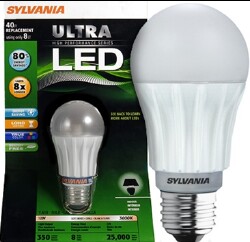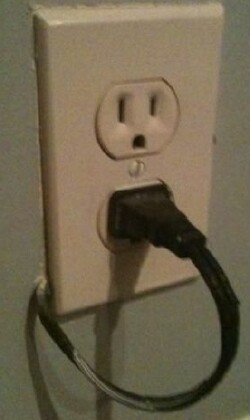Energy Conservation for Renters
Content
- Introduction
- Some Solutions for the Renter/Landlord Dilemma
- References
Introduction
There is a renter/landlord dilemma:
- If the renter pays the utility bills, the landlord has no incentive to reduce resource use.
- If the landlord pays the utility bills, the renter has no incentive to reduce resource use.
Some Solutions for the Renter/Landlord Dilemma
- In the long run it pays a landlord to have low utility bills, whether the renter or the landlord pays them.
- Rebates for increasing insulation and adding renewable energy go to the landlord, so the landlord has an incentive to reduce energy use and add renewable energy.
- Renters should inform landlords about energy-conservation issues for the rented property.
- Institute "green leases" such that the landlord does energy renovations for an agreed increase in rent that is less than the energy-cost savings.
- Municipalities institute an energy-use rating system for rental properties, so that renters can estimate their energy costs.
- Institute on-bill financing by utility companies such that whoever pays the utility bill pays for the upgrade over time. The bill payer has immediate savings on utility bills with minimal money down.
- If the landlord pays the heating/cooling bill, install a programmable thermostat that has an occupancy sensor.
- If the renter pays the utility bills, the renter can buy LED light bulbs and a low-flow shower head, for example, and can take them when the renter moves out. (A $40 LED bulb that last 25 times longer than an incandescent light bulb is equivalent to a $1.60 incandescent bulb.)
- A renter could insulate the water heater and take the insulation when moving.
- A renter could install window treatments and coverings. Coverings should be open when the sun shines in cold weather and closed when the sun shines in hot weather. A new window radiant-barrier screen, In'Flector, can be installed as a roller shade and moved to another place later; it is reversed between winter and summer (infrared reflector side is inside for winter and outside for summer).
- Remove window air conditioners during winters or, at least, cover it on the outside with a tight-fitting cover. The biggest use of energy in middle latitudes is for heating. Air conditioners in windows leak much heat to the outside.
- Use a power strip for several appliances, so they all can be turned off by one switch when not in use.
LED Light Bulbs
One can get
Sylvania Ultra 40-&-60-watts-equivalent LEDs for prices normalized to longevity about the same price per year as incandescent bulbs. And, of course, they use much less electricity; e.g., the 40-watts-equivalent one uses only 8 watts
and the 60-watts-equivalent one uses only 12 watts.

This LED is dimmable.
Energy Conservation Laugh

References
Back to top
L. David Roper, http://www.roperld.com/personal/roperldavid.htm/; roperld@vt.edu
14-sep-21


